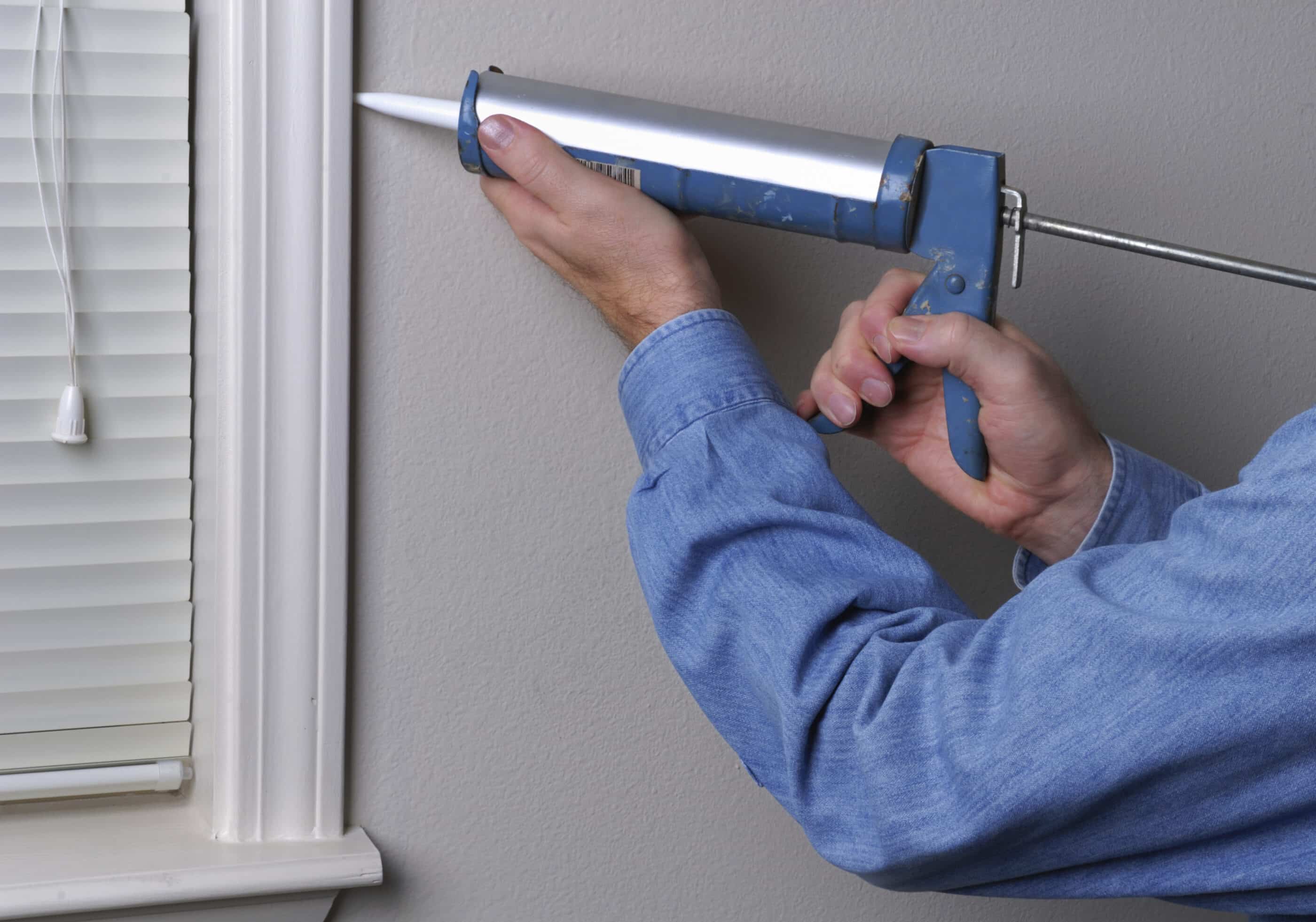An airtight house is a home that has been built to have little or no air leakage, which means fewer drafts, less noise, and dust coming in through the walls and ceiling. It also means more efficient heating and cooling. An airtight building performs better than a standard building in heating and cooling, saving money and energy. It is also comfortable; it stays warm in the winter and cool in the summer, reduces noise inside your house, and it’s healthier because there are fewer allergens in the home.
We know firsthand how popular an air-sealed attics and air-sealed homes are with our own customers who have experienced these benefits first hand.
Air sealing techniques and materials can be used to retrofit existing houses and new ones. The building components should have quality ventilation, insulation, and moisture control. When choosing materials for your airtight house project, remember a few things. Materials must meet code requirements, be durable, long-lasting, and more appealing and affordable. Here are some materials and techniques used for air sealing in new homes.
1. Air Barriers
Air barriers block air movement through walls and windows. They are usually made of materials that do not allow air to pass through, such as spray foam, dense-packed cellulose insulation, or fiberglass. These materials are effective at blocking airflow in most building cavities. A material like drywall is suitable for sealing holes and seams between the sheets of the gypsum wallboard. Similarly, a thick layer of rigid foam insulation can be installed around the rim joist areas where the two pieces of wood overlap.
2. House Wrap
House wrap is made of specialized foil-faced plastic sheets installed outside the house. The sheets are vapor permeable, providing a barrier between the moisture inside and outside the home. House wrap should be installed between building components such as windows and doors but should also be used over crawl spaces so that moisture does not leak into them.
Benefits of an Airtight House
1. Lower Energy Bills
With less moisture in the home and better ventilation, an airtight house stays at a comfortable temperature all year, which means you can lower your thermostat. An airtight house will use less heating or cooling than a typical home because there is no air moving through the building that could escape and make it colder or warmer than it should be. It’s even possible to save enough money on heating that you could offset the cost of your improvement project.
2. Healthier Living
An airtight house is healthier for people with allergies and asthma because fewer allergens are circulating in the air. When it’s sealed, there is less dust from the outside coming in through windows, doors, and vents and less moisture settling on surfaces that can breed mold or mildew.
Airtight homes also have better indoor air quality by having cleaner air throughout the year. Windows and doors are better with airtight insulation, reducing air leakage.
3. Better Energy Efficiency
An airtight house is energy-efficient because it stays warm in the winter and cools in the summer, reducing your heating and cooling costs. Air leakage also means lower humidity levels inside the house, so heating and cooling systems will have to work less to bring a comfortable temperature all year.
4. Improved Ratings for a Valuable Home
An airtight house has a better rating, making it more valuable when selling. An airtight structure helps you meet the Passive House US standard for building certification if you’re building a new home. Air sealing keeps materials in place and helps keep your home looking new. Proper sealing can reduce drafts that cause walls and furnished items to be damaged in your home. The home will be more valuable when the time to sell comes.
5. Better Indoor Air Quality
Airtight homes are healthier for you and your entire family because fewer harmful airborne particles are circulating throughout the house. And, because of better air quality, there will be fewer health issues.
6. Construction Quality and Durability
Airtight construction has less chance for moisture penetration, which means it will be more durable. Solid wood floors last longer when adequately air-sealed, and fiberglass insulation will not be ruined by moisture. Maintenance-free materials also reduce the human effort required to keep up with cleaning and repairs.
Airtight building components will last longer than ones that are not because they don’t get damaged by moisture and humidity. For example, energy-star-rated windows and doors have a much longer lifespan than standard windows and doors with little or no air insulation. The energy efficiency of those parts also means fewer running costs.
7. Peace and Quiet
An airtight house provides a quiet environment for you and your family. With less noise from outside, you can relax and meditate in your home. Outside noise from barking dogs or neighborhood traffic can be disturbing.
8. Rebates and Tax Credits
The US government offers many incentives for home improvements that protect the environment and enhance the quality of life. One of the most effective is an energy tax credit, which can help you save enough money to offset the cost of your home improvement project without reducing your standard of living.
Airtight building practices are the foundation for a comfortable and healthy home; in some cases, they can even improve the value of your property. You can add an air barrier to your existing structure by adding sealant during construction or use spray foam insulation to fill in holes and gaps around service penetrations before any framing goes up.

